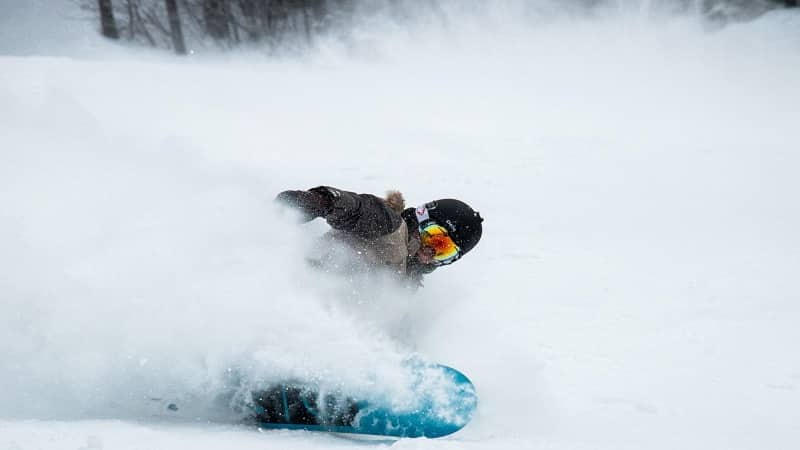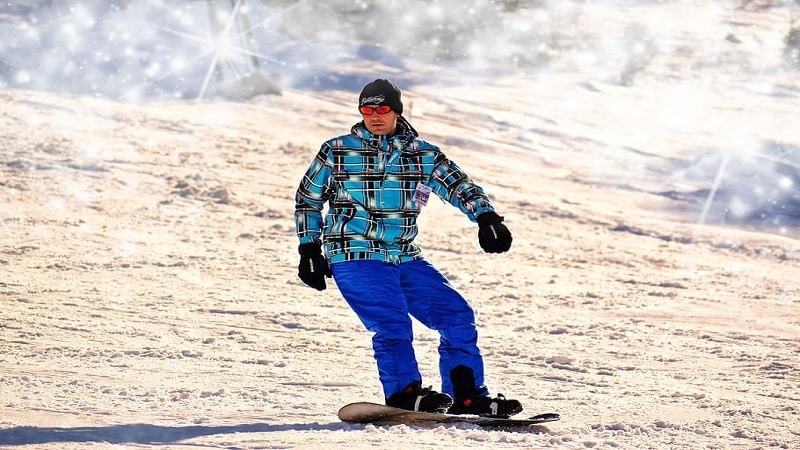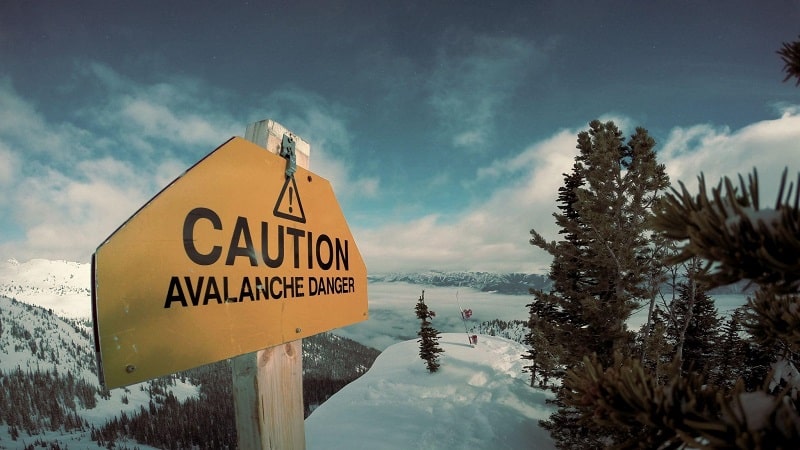Skiing with poles can elevate your experience on the slopes, especially for intermediate skiers looking to refine their technique. I remember the thrill of mastering pole planting and how it transformed my balance and rhythm. If you’re ready to take your skiing to the next level, these tips will help you harness the power of your poles.

Understanding Ski Poles
Ski poles play a crucial role in enhancing control and technique for intermediate skiers. They aid in balance and rhythm, making skiing a more enjoyable experience.
Importance of Ski Poles
Ski poles significantly improve stability and assist in turning. Using them helps maintain a proper stance, allowing for better weight distribution. They also provide timing cues for turns and rhythm while skiing. For me, mastering pole planting created a smoother and more confident ride down the slopes.
Types of Ski Poles
Different types of ski poles serve varying purposes. Here’s a breakdown:
- Alpine Poles: Designed for downhill skiing, these poles are usually lightweight and durable. They come with various grip styles for comfort.
- Cross-Country Poles: Longer and made for glide, these poles help maintain efficiency in skating and classic skiing techniques.
- Freestyle Poles: Shorter and often equipped with a wider basket, these poles cater to tricks and jumps in terrain parks.
- Adjustable Poles: Great for skiers who might need different lengths for various conditions, these poles can be modified to suit preferences.
Each type of pole enhances performance based on the skiing style, providing the necessary support needed to conquer the slopes effectively.
Proper Grip and Stance
Getting your grip and stance right is essential for maximizing your performance on the slopes. Employing proper techniques with your ski poles enhances control and balance, making skiing more enjoyable and efficient.
Hand Positioning
Maintain a relaxed grip on your ski poles. Place your hands comfortably in the straps, allowing the weight of your arms to transfer to the poles. Keep your hands at a slight downward angle, ensuring your elbows remain close to your body. Your wrists should be straight, allowing for easy pole planting without straining your arms. Aim for the pole grips to sit just below your fingers, giving you better control during turns.
Body Alignment
Align your body to encourage efficient movements. Stand with your feet shoulder-width apart and knees slightly bent. Your hips should face downhill, while your head keeps looking ahead, not down at your skis. Engage your core for stability, helping maintain a balanced stance. As you ski, distribute your weight evenly over both skis while using your poles to assist with balance and navigation. Keep your shoulders relaxed and level, allowing for fluid movement through each turn.
Techniques for Using Poles
Using ski poles effectively takes practice and can dramatically enhance your skiing experience. Incorporating various techniques in your routine elevates your control and balance on the slopes.
Timing and Rhythm
Timing your pole plants with your turns is essential for maintaining rhythm. Synchronize your pole placement with each twist of your body to create a seamless flow. As you initiate a turn, your pole should touch the snow subtly, guiding you into the curve. This coordination promotes balance and helps shift your weight without losing momentum. Every time you turn, remember to plant your pole on the side you’re tilting toward. This technique offers stability and reinforces the motion of your turns, making each one feel effortless.
Pole Planting Techniques
Pole planting is an art that can significantly boost your skiing. Start by keeping your hands relaxed and your elbows close to your sides. Locate the ideal planting spot ahead of you, ideally about knee-width away on the downhill side. As you approach your turn, extend your arm forward, and gently tap the pole into the snow, ensuring it remains at a slight angle. Allow the pole to assist in guiding your body through the turn while your weight shifts. Practice this motion repeatedly; it builds muscle memory that makes your movements automatic over time. Keep your poles short enough for easy maneuvering, yet long enough to provide proper support during turns. When done right, pole planting becomes a natural extension of your skiing style, enhancing both performance and enjoyment.
Advanced Maneuvers
Mastering advanced maneuvers takes your skiing to another level, translating to more control and confidence on the slopes. Focusing on specific techniques can enhance your overall experience and performance.
Carving Turns with Poles
Carving turns effectively requires precise pole placement. I plant my poles just before initiating a turn, which helps me maintain balance and drive my skis into the snow. Keep your upper body facing downhill while your legs carve the turn. For smoother transitions, keep the poles at a consistent distance from your body. This technique not only improves your rhythm but also enhances grip, enabling you to make sharper turns while retaining speed. Experiment with varying the timing of your pole plants to find what works best for your skiing style.
Navigating Different Terrains
Different terrains present unique challenges that can enhance your skiing skills. In moguls, I use my poles for timing and stability as I navigate the bumps. Planting my poles at the top of each bump helps me maintain my balance and control. For steeper slopes, leverage your poles to help shift your weight, making it easier to edge into turns. In softer snow, like powder, I prop myself up by planting the poles deeper for leverage. Familiarize yourself with each terrain to adapt your technique and make the most of your skiing experience. Each maneuver becomes smoother with practice, allowing enjoyment regardless of the conditions.
Safety Considerations
Enjoying skiing with poles brings excitement, but safety should always come first. Understanding ways to minimize risks enhances the skiing experience. Here are some essential safety tips.
Avoiding Injuries
I prioritize injury prevention while skiing. Proper warm-up exercises keep me agile and prepared for the slopes. Stretching muscles and joints enhances flexibility, reducing the risk of strains. While skiing, maintaining awareness of my surroundings is vital. I always scan for other skiers and obstacles, adapting my path as necessary. Additionally, wearing appropriate gear, including a properly fitted helmet and goggles, provides crucial protection against falls and collisions. Regularly inspecting my poles for damage prevents unexpected breaks and potential accidents.
Choosing the Right Length
Selecting the right pole length is essential for safety and performance. To determine the optimal length, I generally follow a simple rule; when I invert the pole and hold the grip, the shaft should rest under my armpit. Poles that are too short or too long can affect balance and control, increasing injury risks. I often test various lengths at a ski shop to find the perfect fit for my height and skiing style. With well-fitting poles, I feel more confident navigating different terrains, allowing me to enjoy each run while prioritizing safety.
Conclusion
Skiing with poles can truly transform your experience on the slopes. By focusing on technique and practice you’ll find that your balance and control improve significantly. It’s all about feeling comfortable with your poles and using them to enhance your rhythm.
Remember to keep your grip relaxed and your stance balanced. As you practice these tips you’ll not only gain confidence but also enjoy the thrill of skiing even more. Don’t forget the importance of safety and proper gear to keep your adventures safe and fun.
So grab your poles and hit the slopes. I can’t wait to hear about your progress and any new techniques you discover along the way!
















